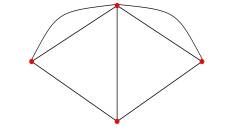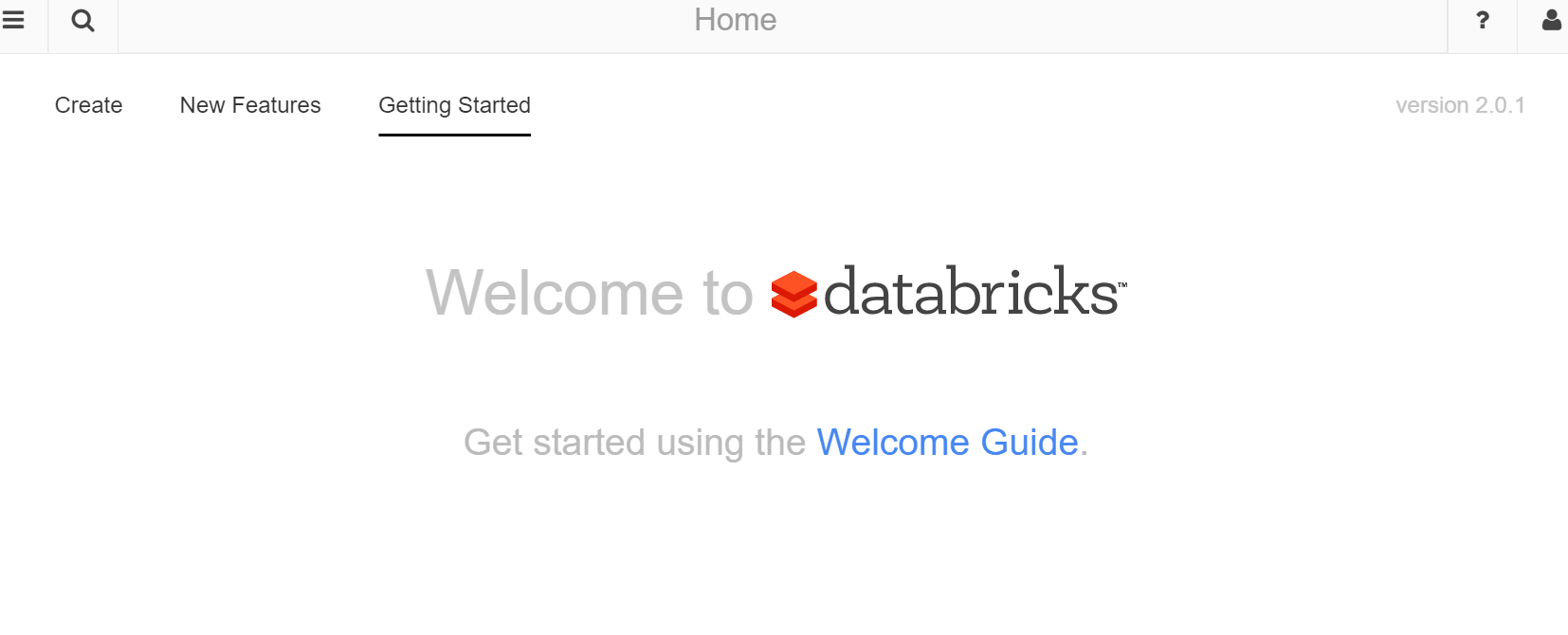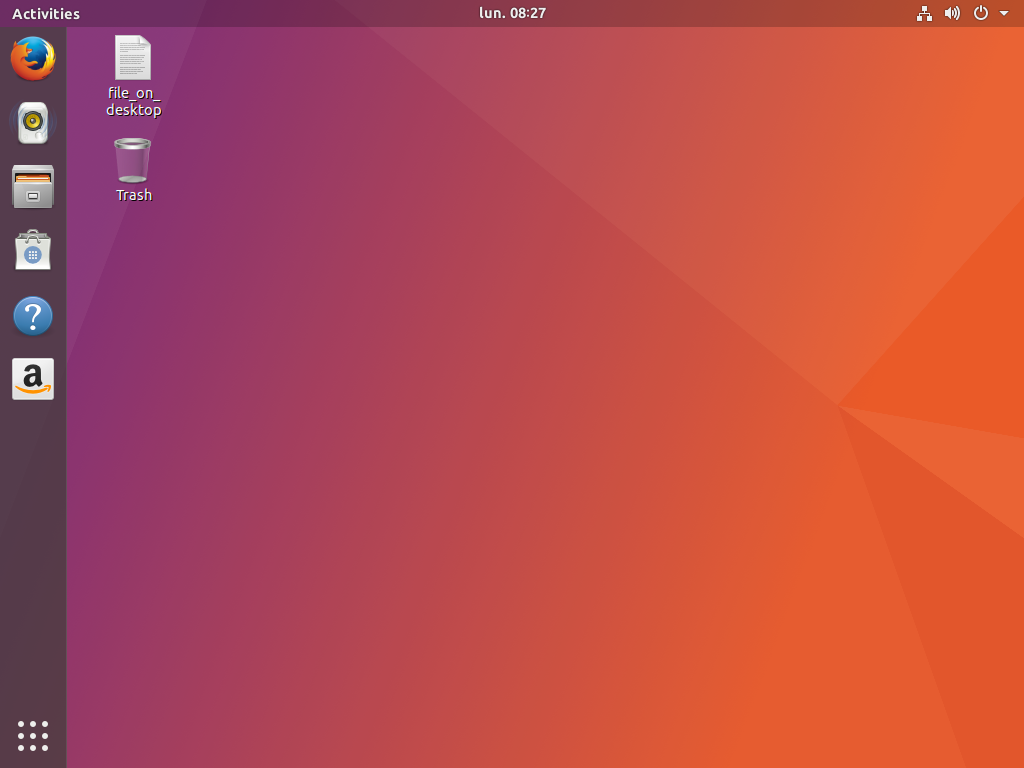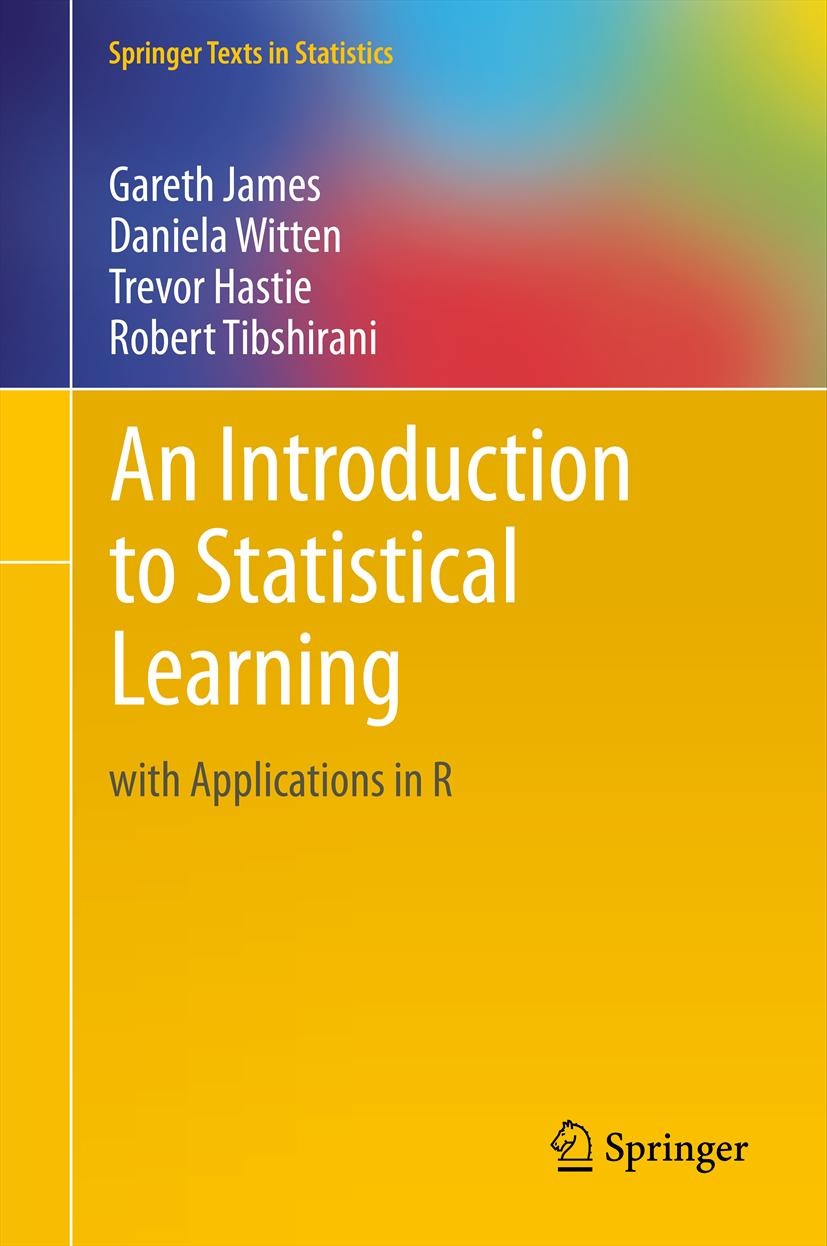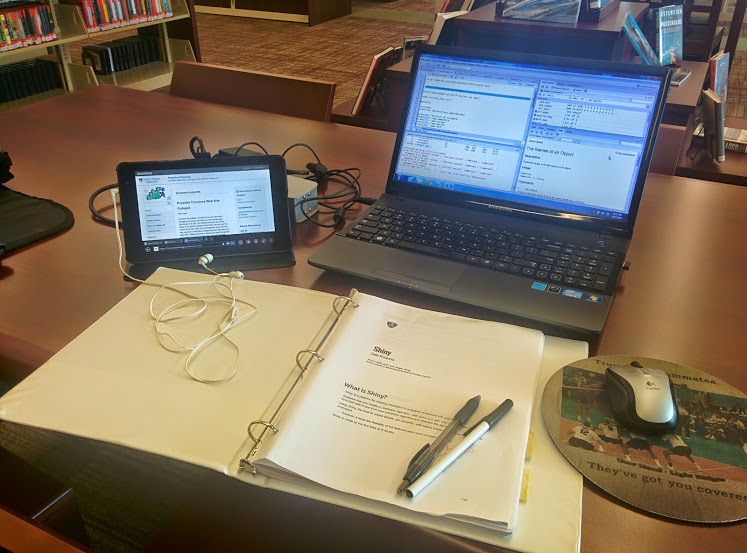Teaching Graph Theory With Twitter
In a recent post, I displayed the social network graph that I created using the Twitter API and Plotly. There are a number of interesting applications here. Given my history with education, one that I think that shouldn’t be overlooked is as an interesting way to teach graph theory for an innovative teacher and school. I taught graph theory myself for several years as part of a discrete mathematics course. While the textbook I used included many examples of “real world” problems that I found engaging, the students didn’t always agree.



